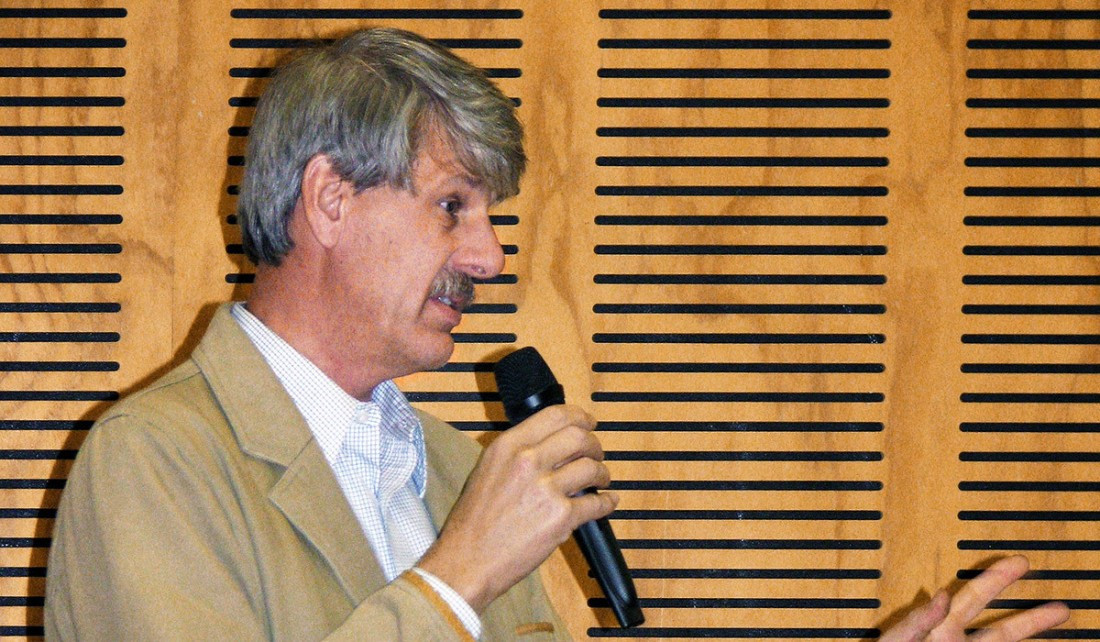Climate changed
Dr. Guy McPherson to share findings on hot button issue
Could catastrophic climate change wipe out the human species within the next 20-30 years?
According to Dr. Guy McPherson, Professor Emeritus of Natural Resources and Ecology & Evolutionary Biology of the University of Arizona, it is an undeniable certainty.
“I think people deserve to know the facts about climate change,” he says. “Even if the facts are lethal.”
Anybody interested in hearing the details about these facts, and how we might live in light of them, can catch Dr. McPherson at the West End Cultural Centre Thursday, February 6 at 7 pm.
“What I’ll be doing in my presentation is connecting the dots that other scientists, other primary researchers and organizations have been putting out,” he describes, referring to his talk as ‘stand-up tragedy’.
McPherson concludes humans will not survive beyond the next couple of decades due to what he calls ‘self-reinforcing feedback loops’. These are processes that, when set in motion, self-perpetuate at a greater and greater intensity by feeding off their own momentum.
“I just don’t see anybody else taking the time, making the effort to connect disparate information – and even similar information,” he says of climate research. “Mine is the only essay and website I know about that includes the 30 self-reinforcing feedback loops we’ve triggered.”
One of the most prominently researched examples is the persistence of methane hydrates, or clathrates, bubbling up from the floor of the Arctic Ocean – a hypothesis known as the clathrate gun.
“Methane is, on a relatively short time-scale, about a hundred times more powerful a greenhouse gas – molecule for molecule – as carbon dioxide,” McPherson explains. “And the more of those [clathrates] that bubble out of the Arctic Ocean, the warmer it gets; and the warmer it gets, the more those bubble out of the Arctic Ocean – so it’s a self-reinforcing feedback cycle.”
This is merely one way that methane is currently being released into the atmosphere. Vents through the permafrost in the northern hemisphere have also been leaking an increasing amount of subsurface methane which used to be trapped underneath, now escaping as the permafrost thaws with the warming of the climate.
“ It turns out we can’t have infinite growth on a finite planet, without consequences.
Dr. Guy McPherson, Professor Emeritus, Ecology and Natural Resources & Evolutionary Biology
According to Dr. McPherson, scientists working in Siberia found some of these vents to be roughly 30cm across in the summer of 2010, and by the summer of 2011 they’d grown to about a kilometer across.
If that’s not enough to make you pessimistic about the survival of human life on earth, here’s the kicker: we haven’t yet begun to feel the warming effects of our record-breaking emissions of the last 30 years.
“We know there’s a 40 year lag between cause and consequence,” says McPherson. “We’ve emitted more carbon into the atmosphere in the last 29 years than the previous 300 years combined, so that’s going to catch up to us.
“It turns out we can’t have infinite growth on a finite planet, without consequences.”
Published in Volume 68, Number 19 of The Uniter (February 5, 2014)








